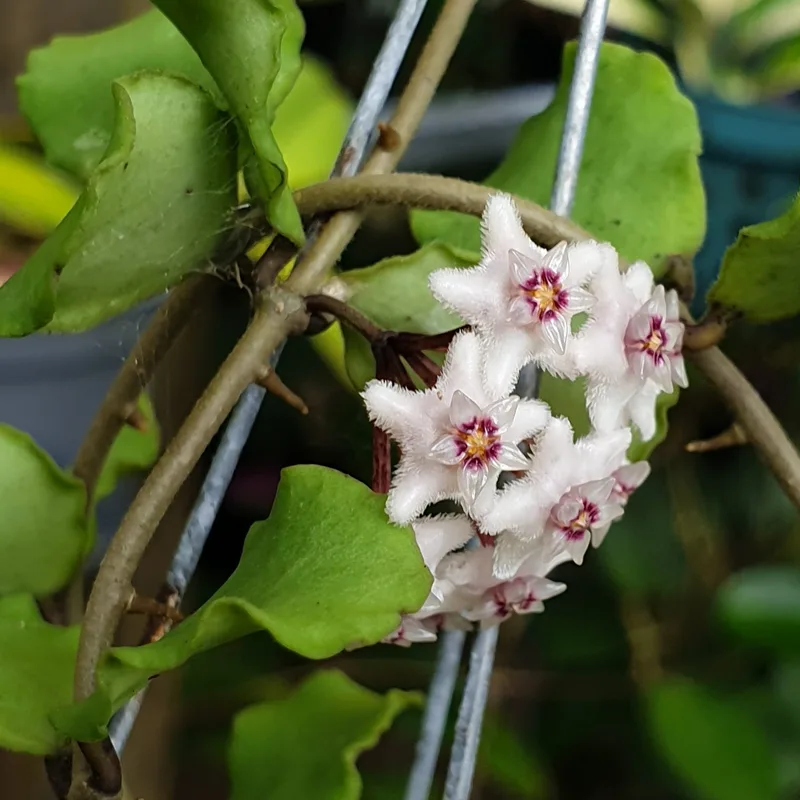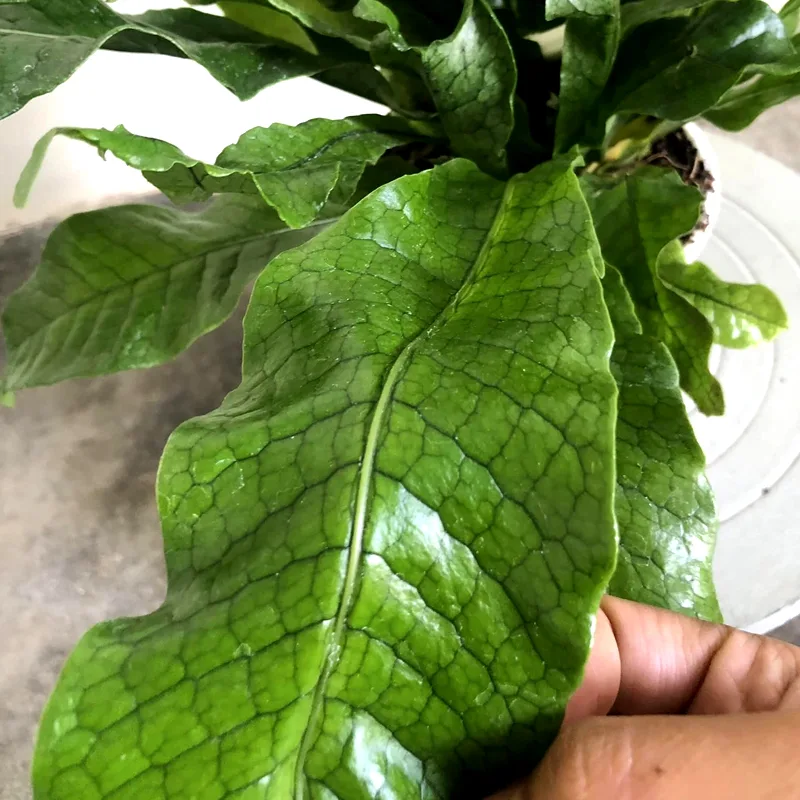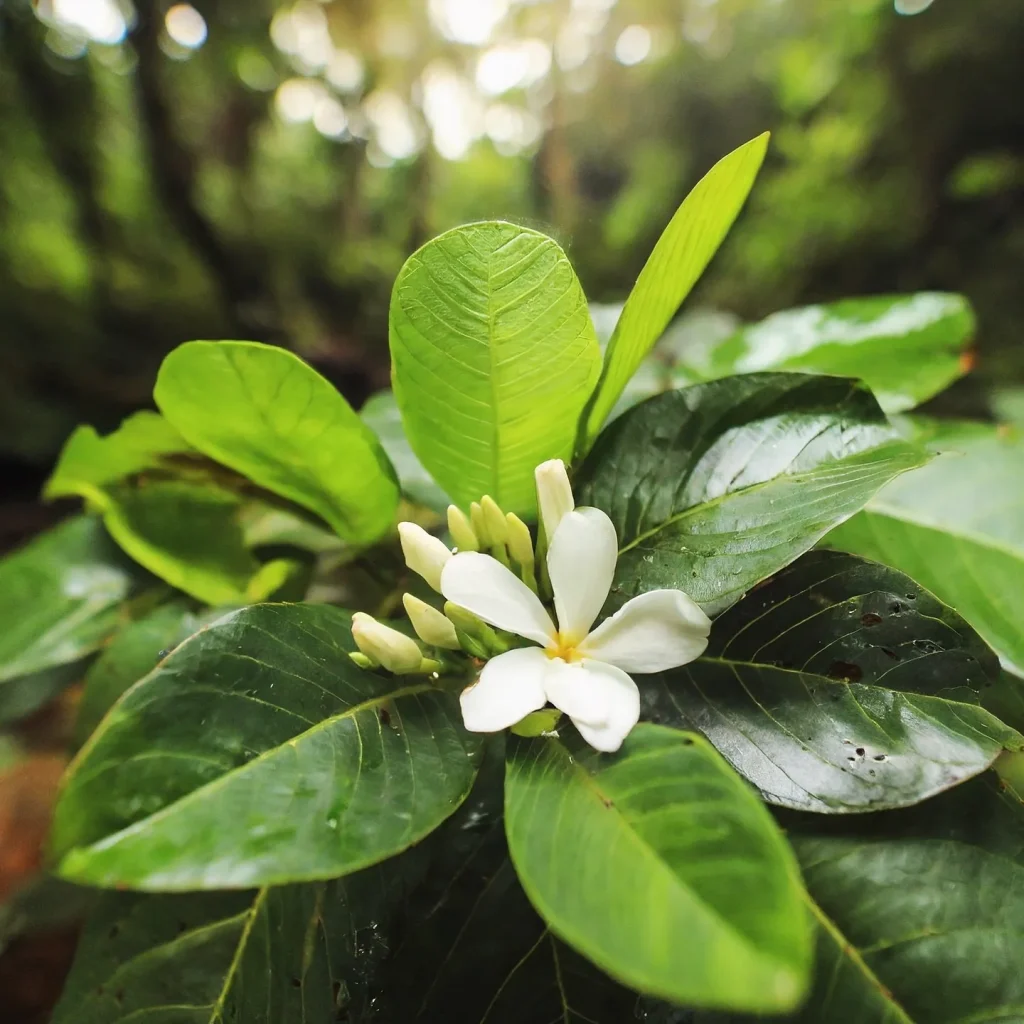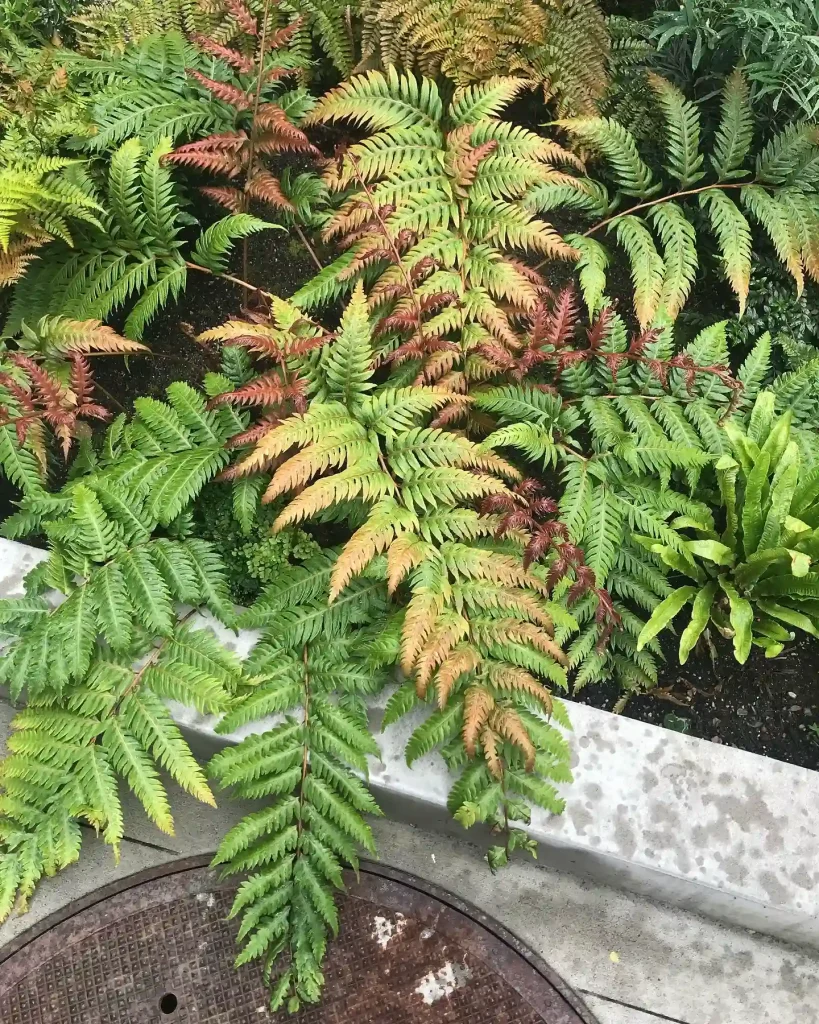All About the Green Pitcher Plant: A Q&A with Ferb Vu
Hey there, plant enthusiasts! Ferb Vu here, and today we’re diving deep into the fascinating world of the Green Pitcher Plant, also known scientifically as Sarracenia oreophila. This unique carnivorous beauty is a conversation starter, so let’s address some of the most common questions I get about it.
32 Species in Genus Sarracenia
What is a Sarracenia Oreophila?
Imagine a plant that not only survives but thrives by catching its own dinner. That’s the Green Pitcher Plant! It’s a carnivorous plant native to the southeastern United States, specifically mountain bogs in North Carolina, Georgia, Alabama, and historically, Tennessee. Unlike its coastal carnivorous cousins, the Green Pitcher Plant prefers the cool, shady streams of mountainous regions.
This plant’s claim to fame is its modified leaves – transformed into tubular pitchers that act as deadly pitfall traps for unsuspecting insects. These mesmerizing green pitchers lure prey in with a combination of vibrant color, sweet-smelling nectar, and slippery edges. Once an insect lands, it loses its footing and tumbles into the pitcher’s digestive pool of enzymes and fluids, becoming the plant’s next meal.
How Does the Green Pitcher Plant Differ from Other Pitcher Plants? Sarracenia Oreophila vs Flava.
Sure, there are many pitcher plants out there, but the Green Pitcher Plant holds a special place. Here’s what sets it apart:
- Habitat: Unlike most pitcher plants that thrive in coastal bogs, the Green Pitcher Plant is a mountain dweller, adapted to colder climates and snowy winters.
- Flowering Time: Most pitcher plants flower before their pitchers emerge. The Green Pitcher Plant breaks the mold by flowering alongside its early spring and summer pitchers, creating a stunning display.
- Pitcher Shape: The Green Pitcher Plant’s pitchers resemble those of the Yellow Pitcher Plant (Sarracenia flava) but with a twist. They’re typically shorter (around 24 inches) with a wider mouth compared to the Yellow Pitcher Plant’s slender form.
- Conservation Status: Sadly, the Green Pitcher Plant wears the unfortunate crown of being the most endangered Sarracenia species. Habitat loss and illegal collection threaten its very existence.
Is the Green Pitcher Plant Easy to Grow?
The Green Pitcher Plant can be a rewarding challenge for experienced carnivorous plant enthusiasts. Here’s what you need to know:
- Climate: It thrives in cool, humid environments with good air circulation. Think mountain bogs, not your average living room.
- Soil: Sandy, acidic, and perpetually moist soil is a must. Recreating its boggy habitat is key.
- Water: Consistent watering with rainwater or distilled water is crucial. Avoid tap water due to mineral content.
- Feeding: While the plant catches insects on its own, occasional feeding with bloodworms or mealworms can be beneficial. Don’t overfeed though, as it can disrupt its natural digestive process.
Important Note: Due to its endangered status, it’s highly advisable to acquire Green Pitcher Plants from reputable nurseries that cultivate them responsibly.
What are Some Interesting Facts About the Green Pitcher Plant?
Here are some cool tidbits to impress your friends:
- Cold Tolerance: This champion can withstand temperatures as low as 0°F (-18°C), making it one of the most cold-hardy pitcher plants.
- Fragrant Flowers: The Green Pitcher Plant’s pale yellow flowers boast a pleasant fragrance, further attracting unsuspecting prey.
- Unique Ecosystem: The pitchers often harbor a mini-ecosystem of their own. Mosquito larvae, for example, can find refuge inside the pitcher while feeding on the trapped insects, creating a complex web of life.
How Can We Help Save the Green Pitcher Plant?
The Green Pitcher Plant desperately needs our help. Here’s how you can make a difference:
- Support Conservation Efforts: Donate to organizations dedicated to preserving its habitat.
- Buy Responsibly: Only purchase Green Pitcher Plants from reputable nurseries that practice sustainable cultivation.
- Spread Awareness: Educate others about this fascinating plant and its vulnerable status.
By appreciating and understanding the Green Pitcher Plant, we can all play a role in ensuring its survival for future generations.
Remember, a healthy dose of curiosity and responsible action can go a long way in protecting this unique carnivorous wonder. Happy planting!
If i die, water my plants!



